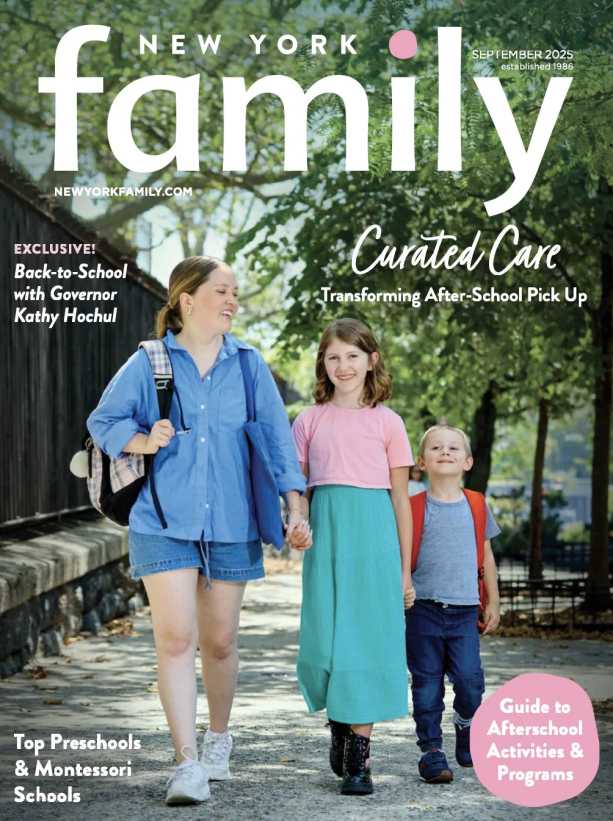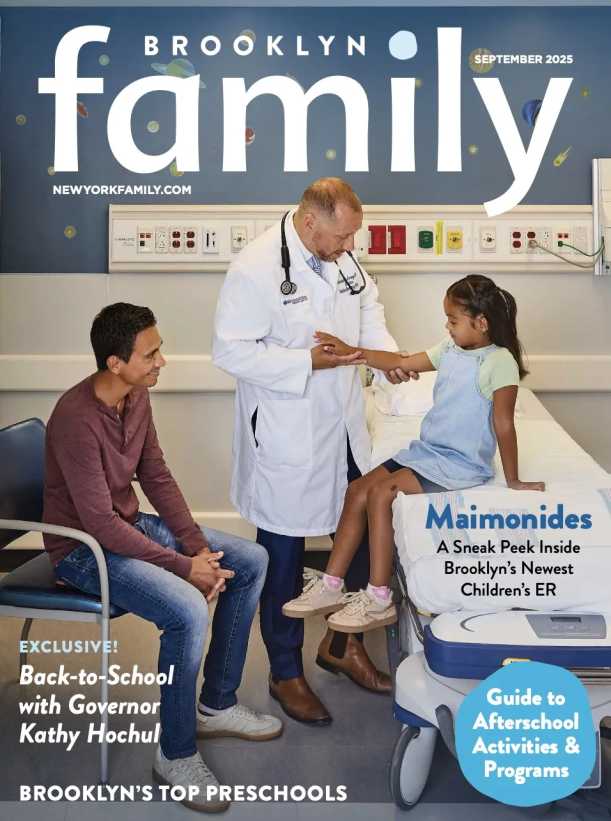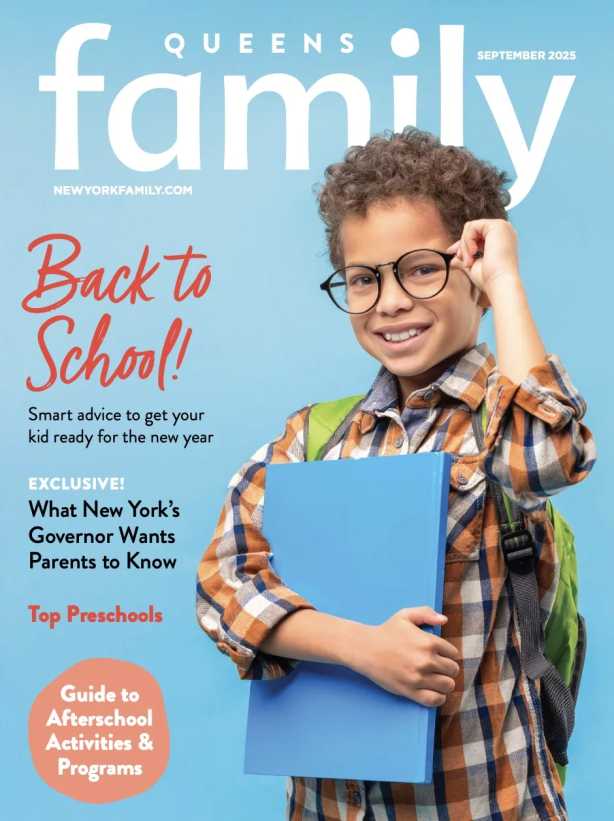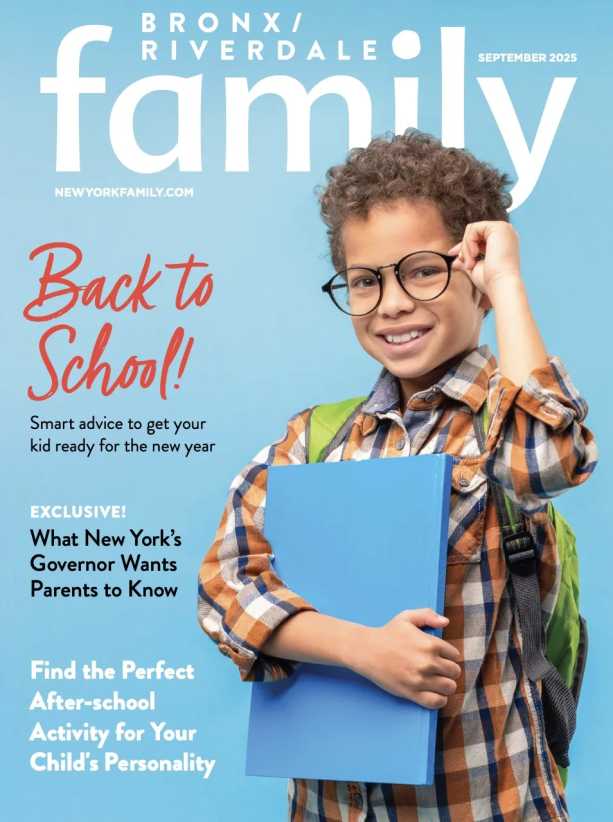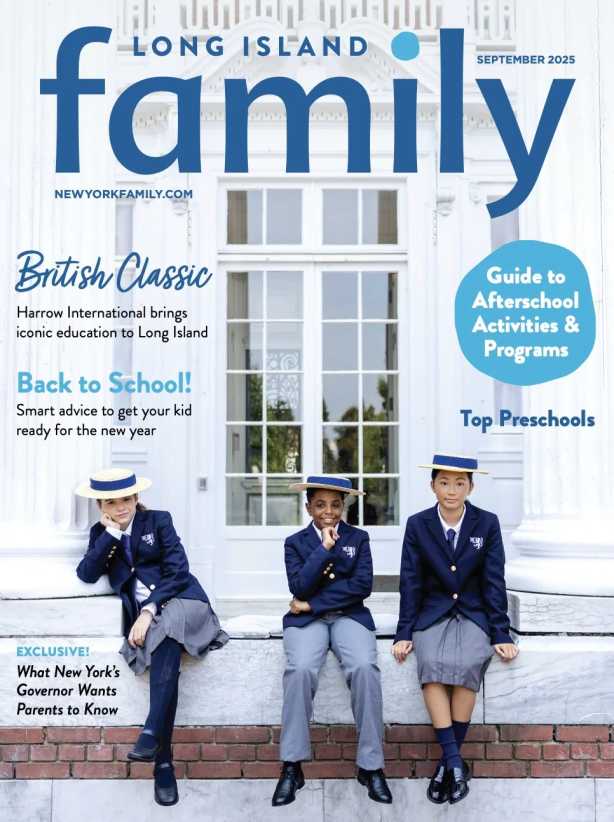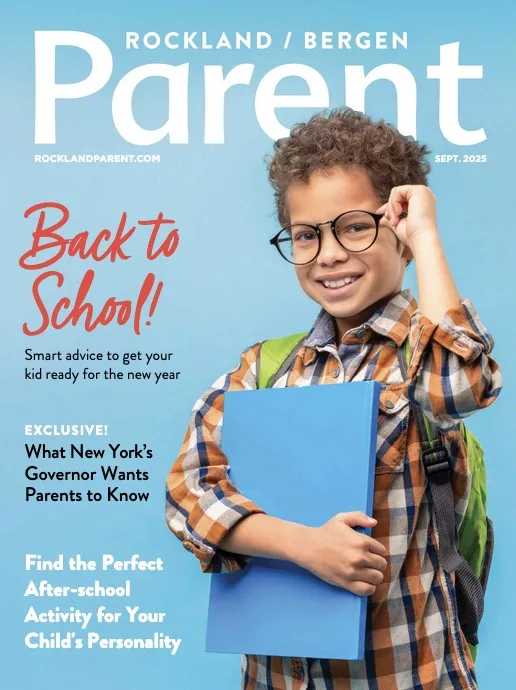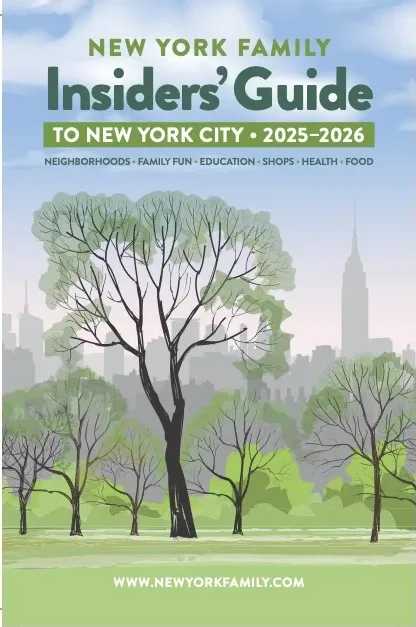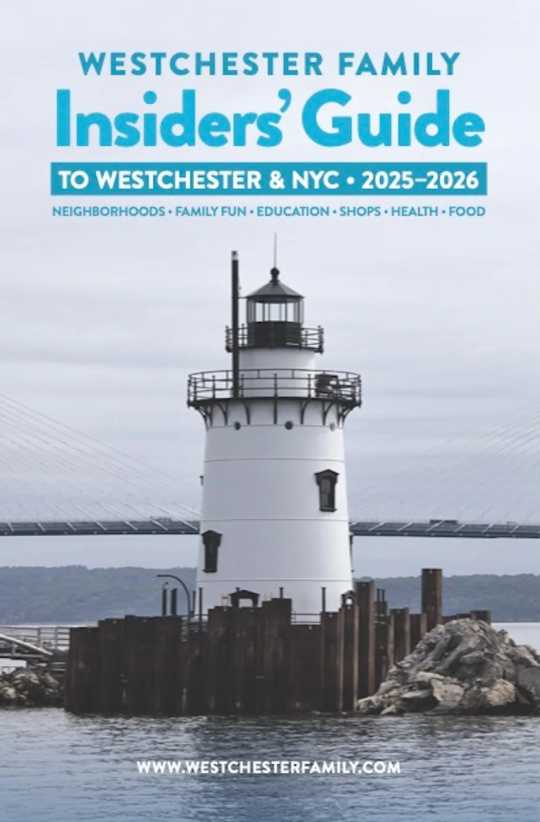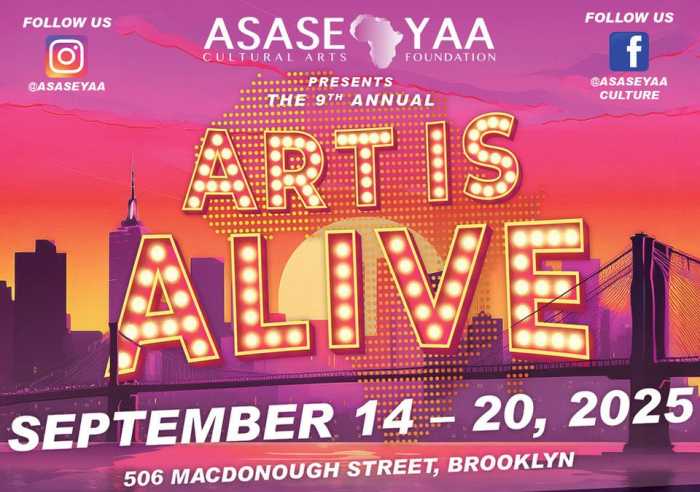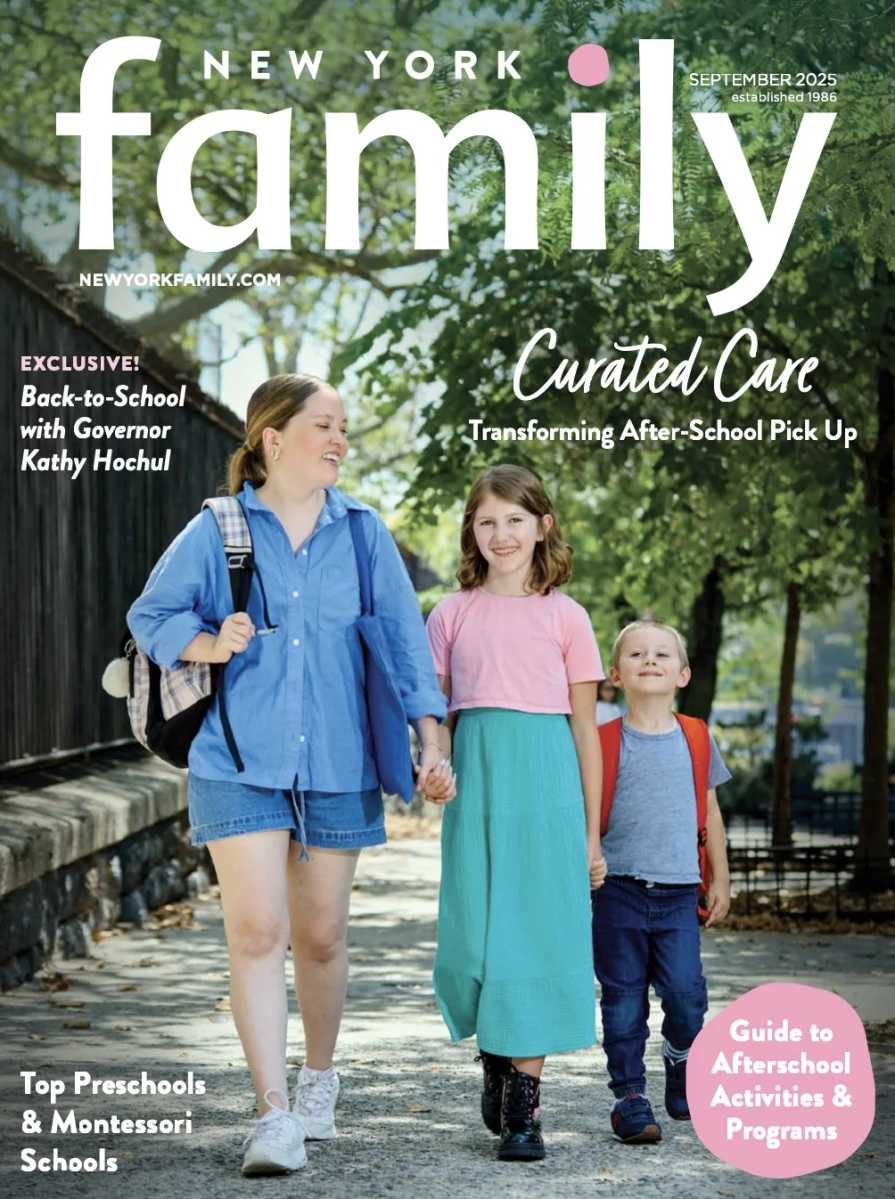Call it stroller derby: the Manhattan parent’s everyday battle to push her little ones over uneven sidewalks, through narrow doorways, and up concrete steps.
Since city parents and caregivers tend to rely on their strollers more often than their counterparts in the suburbs (some equate a city parent’s stroller to a suburban parent’s car), different factors come into play when choosing the right one. Here are a few key features to keep in mind.
According to Hollie Schultz, president and founder of BabyGizmo.com and co-author of “The Baby Gizmo Buying Guide,” ease of movement can make or break your user experience—especially the ability to push a stroller one-handed.
“You’re going to be pushing this stroller for the next 1400 days, so you want something that glides versus something you have to shove,” says Schultz.
So what makes a stroller maneuverable? Large sponge- or air-filled tires can help absorb the shocks of a bumpy sidewalk. Swiveling, multispoked wheels and a sturdy frame also contribute to a smoother ride. Schultz says brands like Bugaboo, Mutsy, and the UPPABaby Vista all do well in this category. “The higher-end strollers tend to be better engineered. You could push them with a pinky,” she notes.
The Stroller Seat
An adjustable seat is another must have feature, advises Sana Harouna, known as the “Doctor of Strollers” at the popular baby accessory store Planet Kids. He suggests choosing a stroller with a seat that can switch from facing the pusher to facing outward. “It’s good to face the baby when the baby is small,” he says. He also advises getting a stroller with a removable flat bassinet for infants that can later be swapped out for an upright seat. In fact, a bassinet that goes from bedroom to stroller base can be a great space saver in a New York City apartment.
A seat that adjusts from sitting up to reclining back is critical for naps on the go. “There’s nothing worse than watching your child try to fall asleep but unable to find a comfortable position,” says Schultz.
“There’s nothing worse than
watching your child try to fall asleep but unable to find a comfortable
position,” says Schultz.
Storage Capacity
Another thing to consider is
whether the stroller frame can adapt to snap on an infant car seat. “The
ability to accept an infant car seat makes it easier to get in a car,” says
Barry McHale, manager of the Buy Buy Baby superstore in Manhattan. This is
especially convenient if you are out with baby and need to take a taxi.
Running around all day in the city
also means parents should consider a large basket or cargo compartment
underneath the baby’s seat to hold items like a rain cover, sunshade, toys, or
any other items picked up while out and about.
“I shove the whole world under
there,” says Debbie Baron, mother of Josh, 4 and a half months, and an owner of
an UPPABaby Vista.
Portability and Weight
Most popular strollers can be
folded to fit in the trunk of a car. But for cab-hopping Manhattanites, weight
can be an issue. “For Manhattan moms, the lifestyles tend to be similar—they are
out pushing the stroller more, and they hop in cabs and go on subways,”
says Schultz.
Heavier strollers tend to be better
built and have more features, but lighter strollers can make it easier to go up
and down subway or bus steps or throw the stroller in the back of a cab.
“Picking a stroller is a series of
tradeoffs. Some people want a light stroller, and others don’t worry about the
weight,” says McHale.
